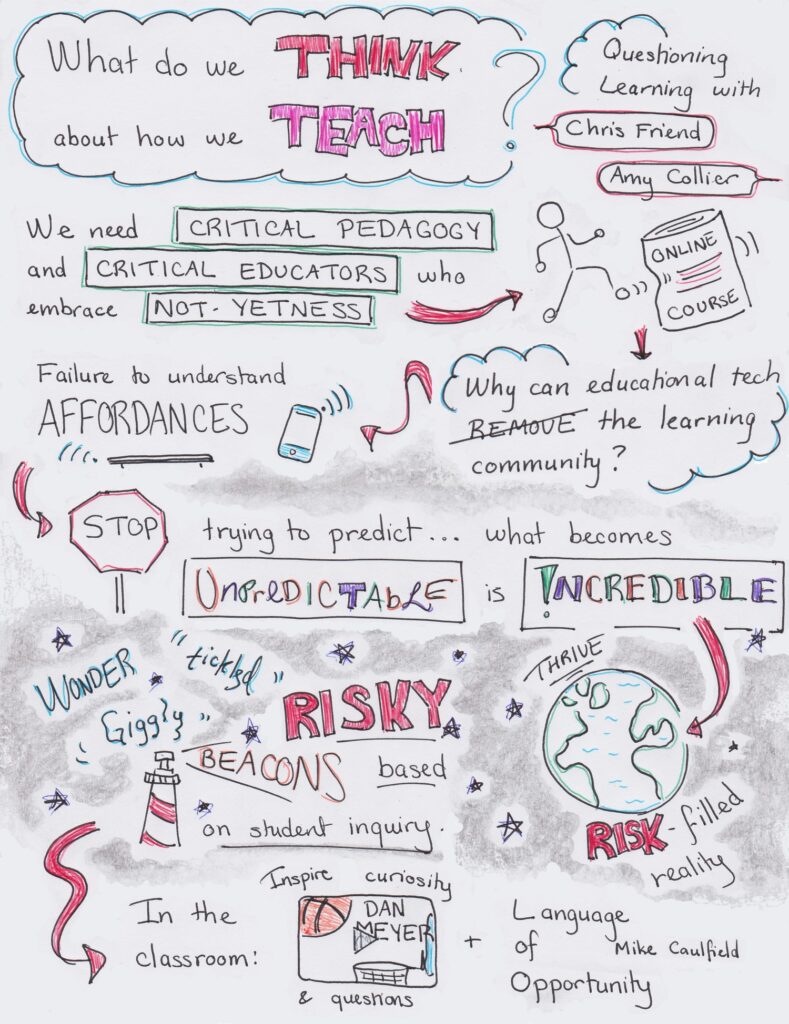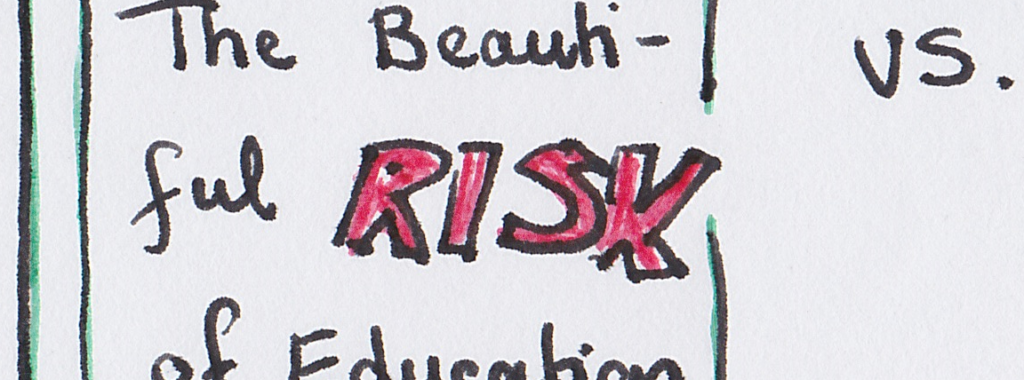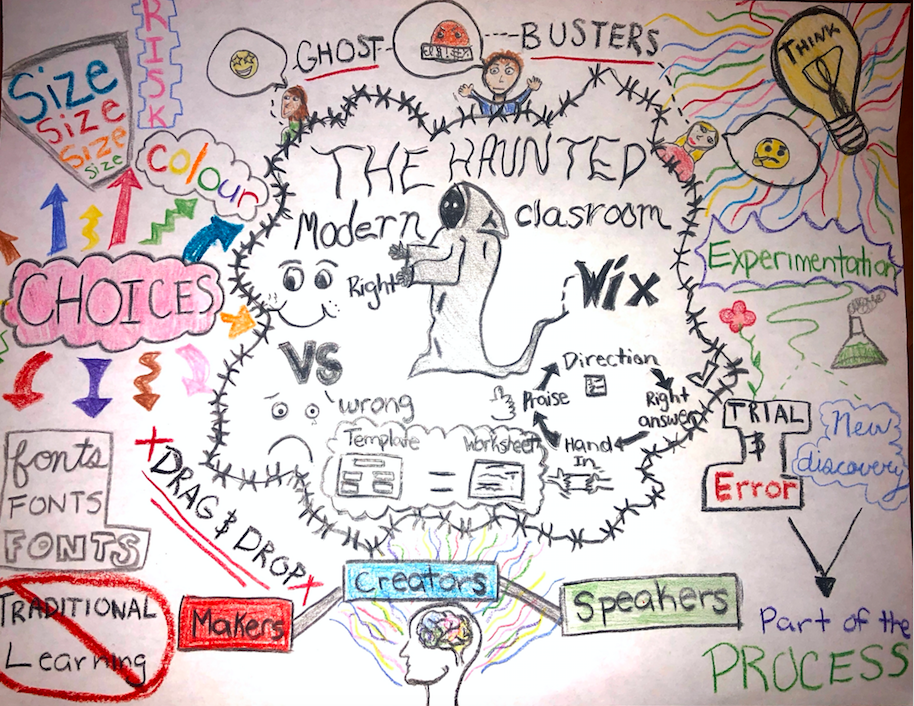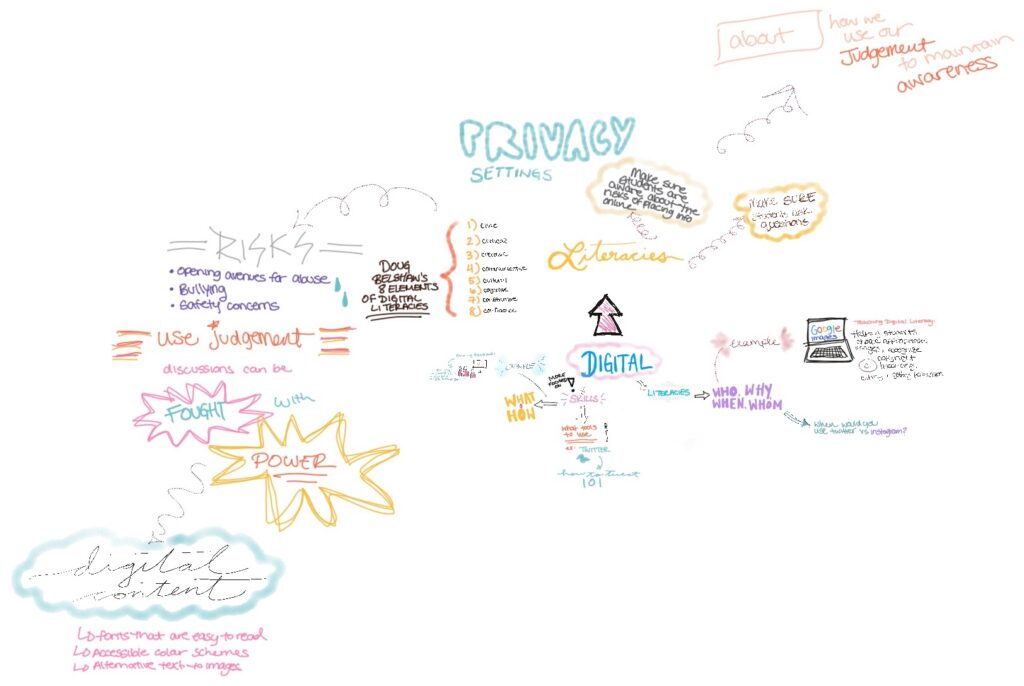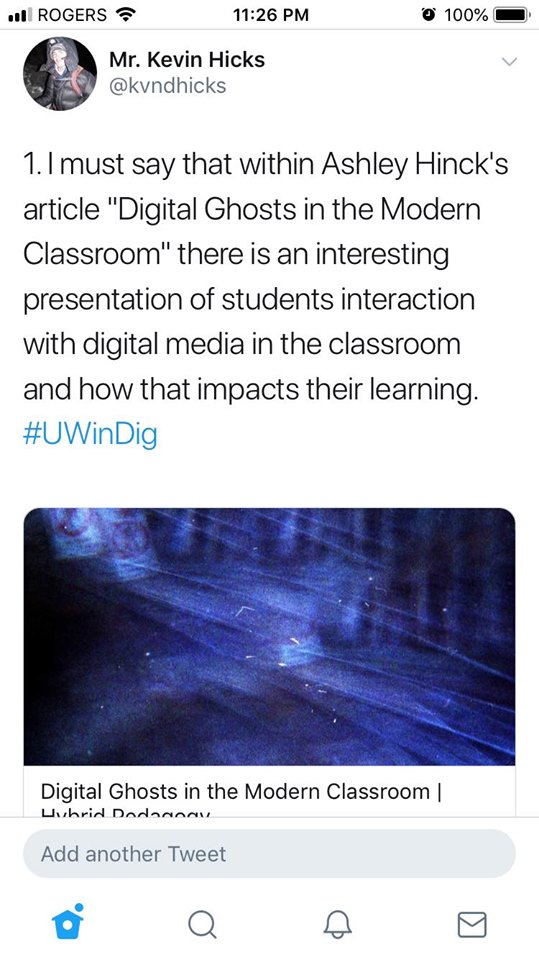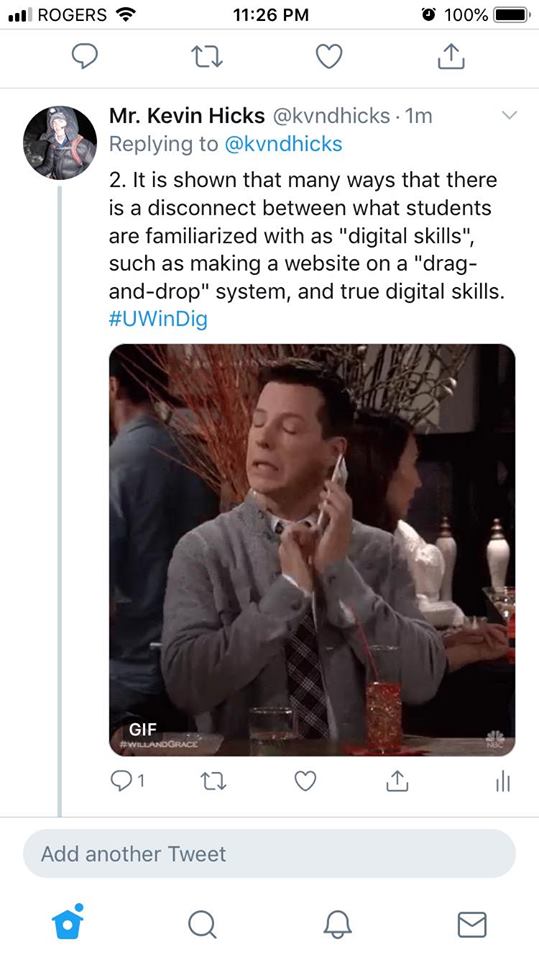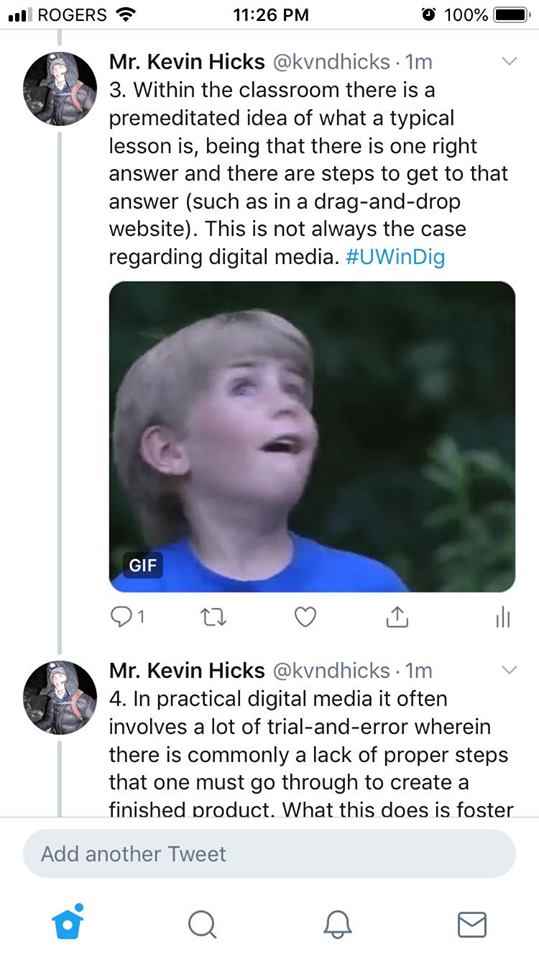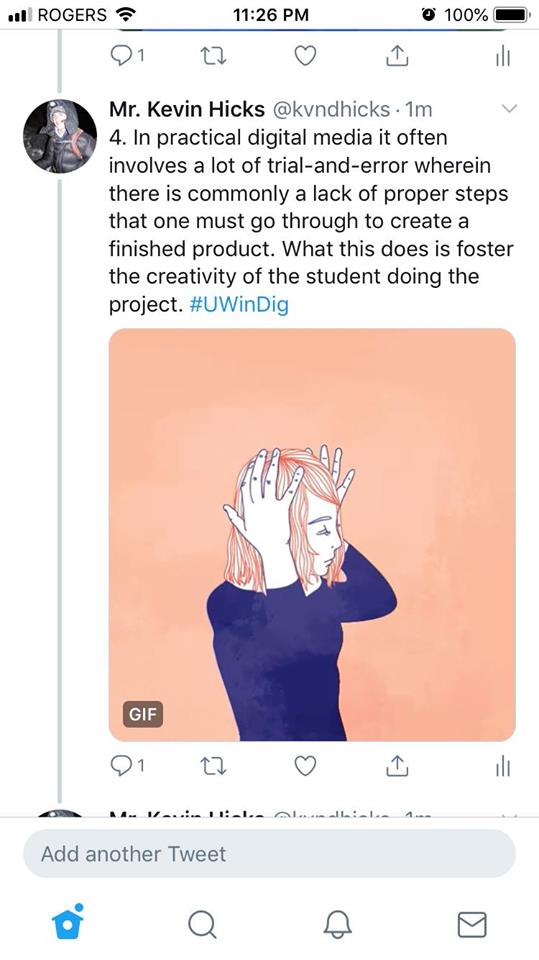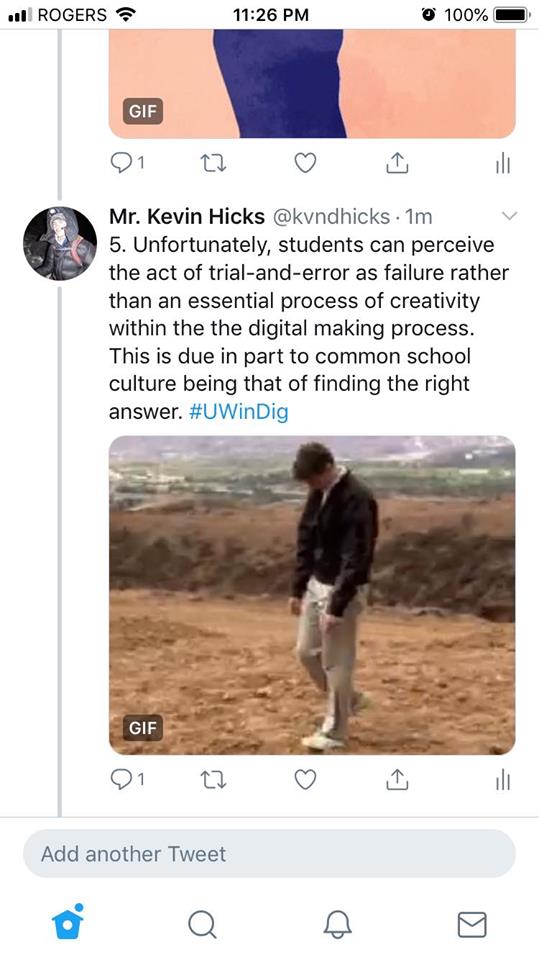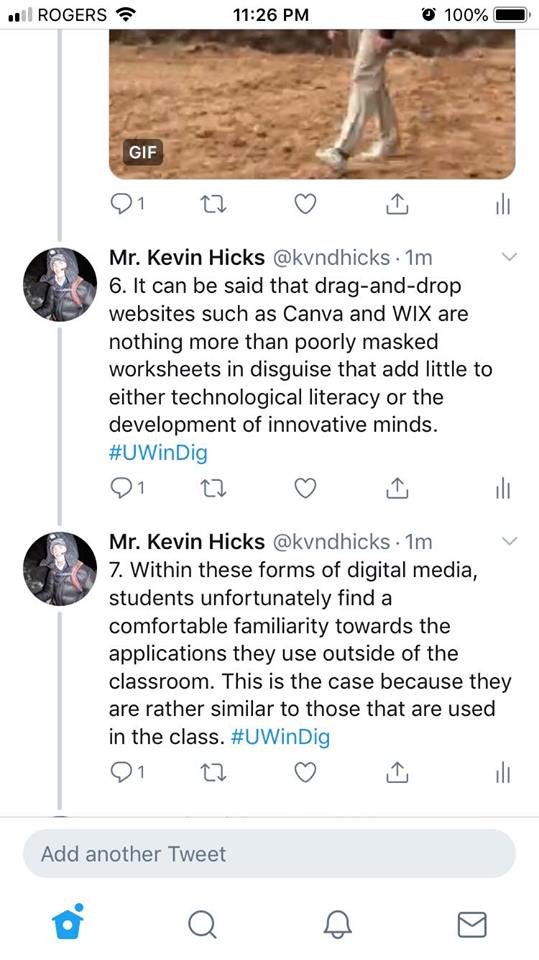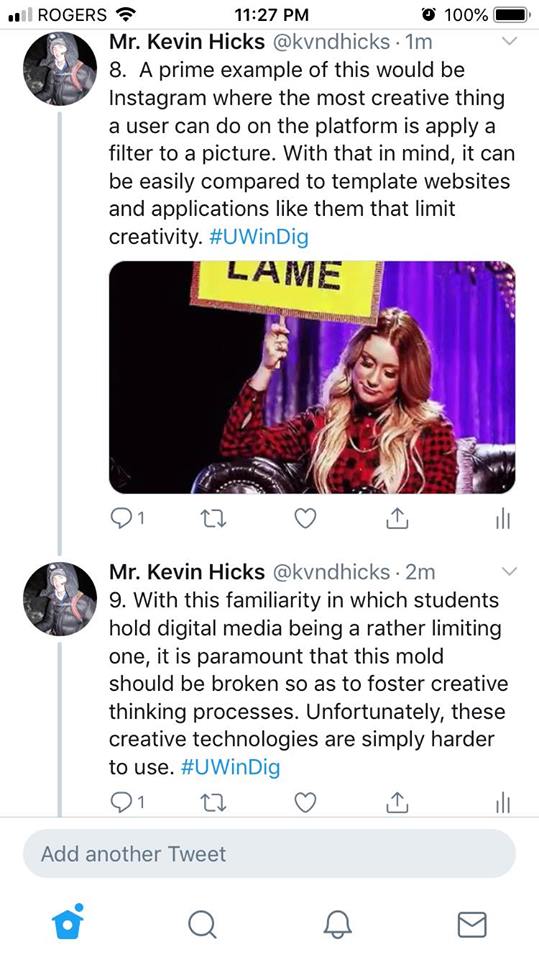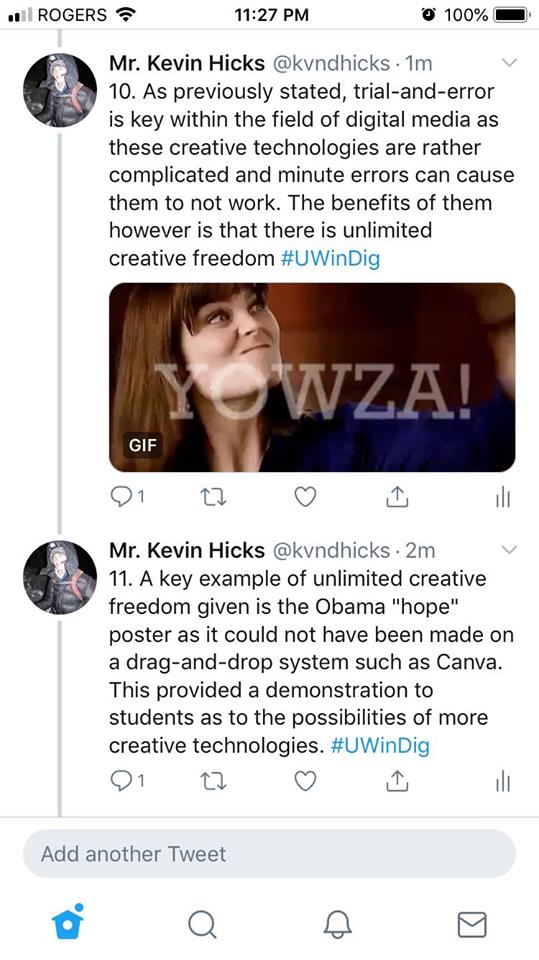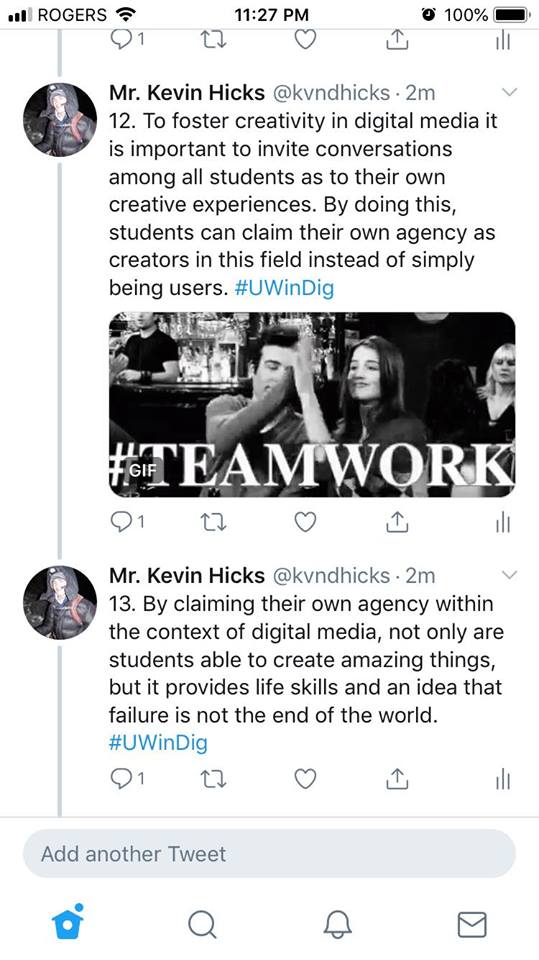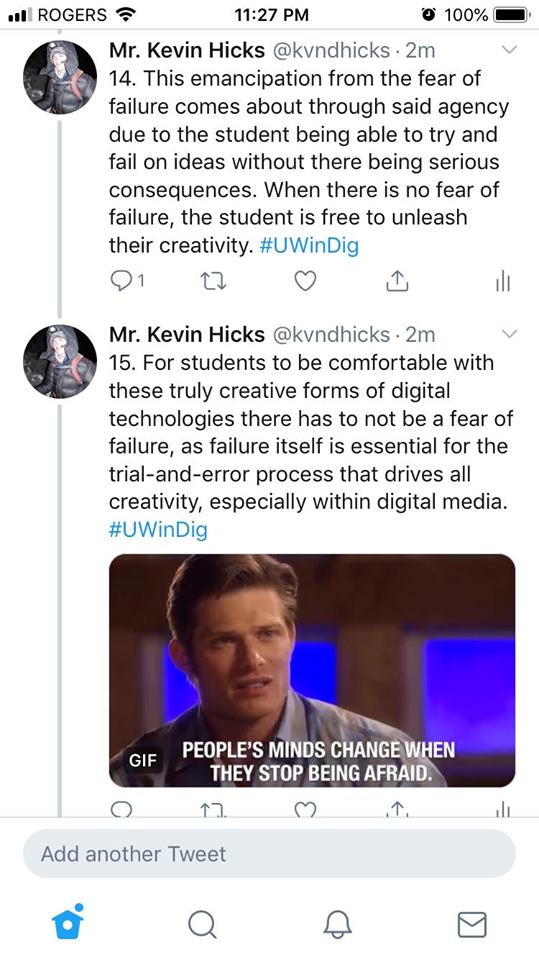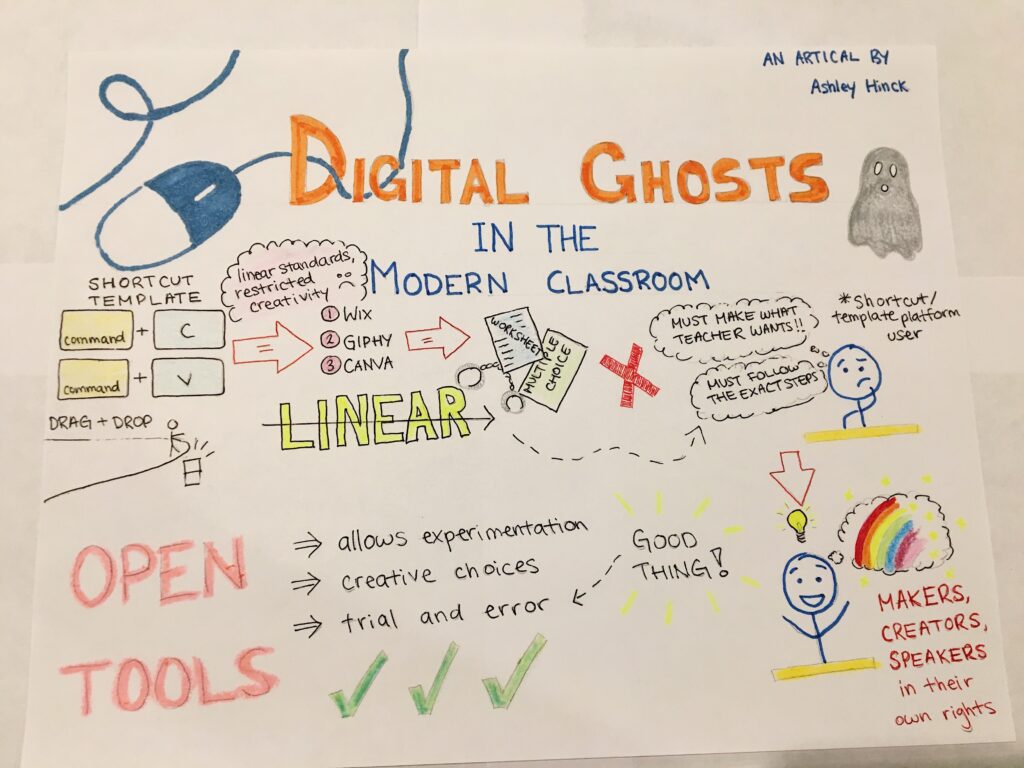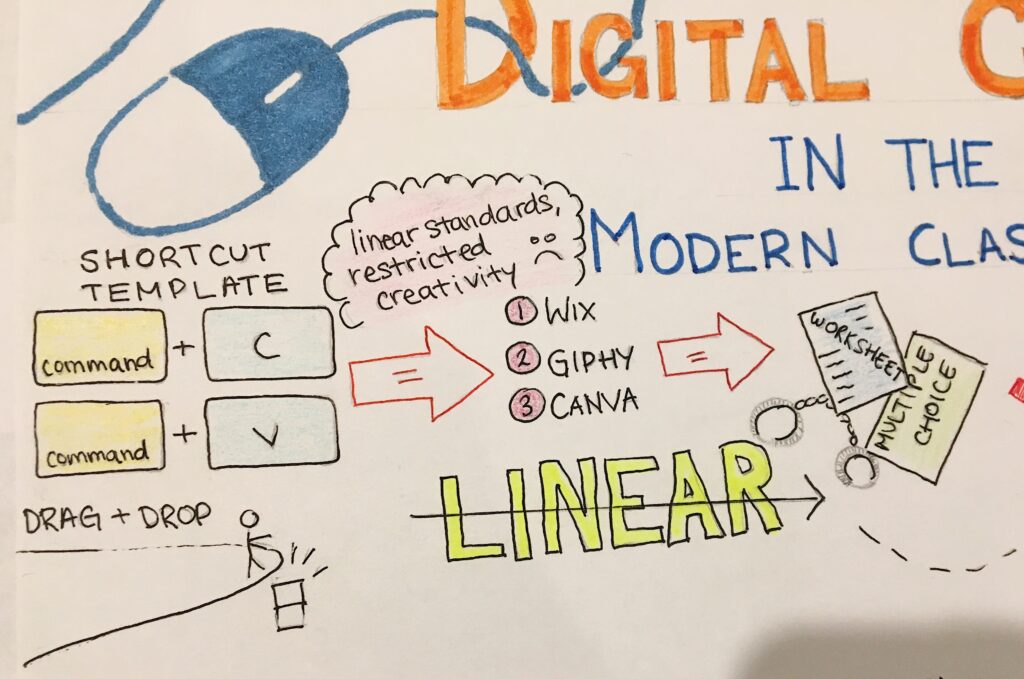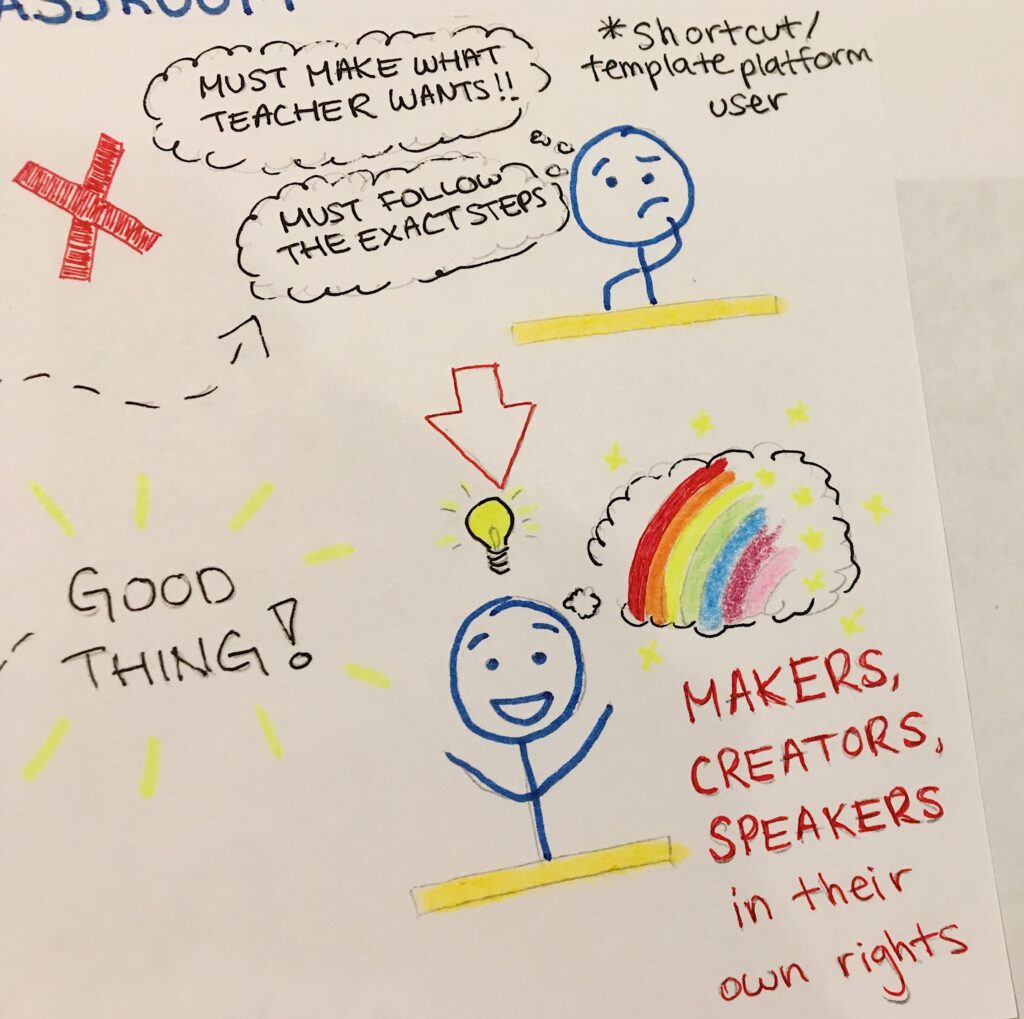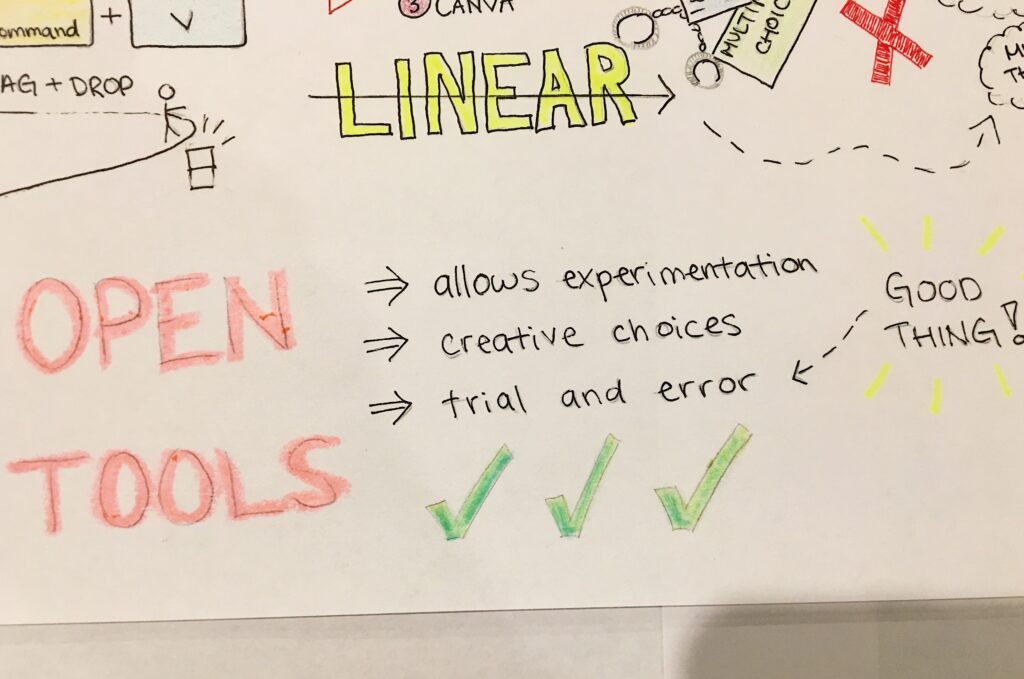I read the article “Digital Ghosts In The Modern Classroom” by Ashley Hinck.
When first reading this piece, I had no idea what Hinck was referring to when she said “digital ghosts,” nor have I ever particularly thought about the topic overall, but I thought that this article was very interesting. I never realized how limiting these platforms may be and how much students and teachers rely on them on an everyday basis, but I can say that I agree with all of the ideas.
Here is the video I made reflecting Hinck’s ideas:
I think that it’s really important to consider how the tools we use are just as significant as the content we teach with them. As educators, we are responsible not just for providing students with content, but to also provide them with the tools and skills they need in order to apply their knowledge.

What I find most exciting about this assignment is the fact that we have been given the option to use our skills and creativity to develop a project that is entirely our own. I really enjoyed integrating traditional forms of art (my whiteboard and markers) and presenting it in a digital form (video) in order to present the ideas of Hinck’s article. It was challenging to prepare for the project, as I spent a lot of time creating concise points for my voiceover and I spent even more time trying to set up the lighting and camera for my video. By the time I finally propped up my tripod (after incorporating various items like a folding chair and a couch for extra support) and started creating the video, it was a lot of fun from that point on. I have a passion for art and digital media making, including video editing, so being able to complete an assignment using the interests and skills I already have was very exciting to me.

Overall, I think that I really took a lot from Hinck’s article and feel that I will definitely apply this knowledge to my education and future career as a teacher. I look forward to using this knowledge and these tools to bring more agency and creativity to the students in my classroom and to encourage them to enjoy every part of the creative process.

